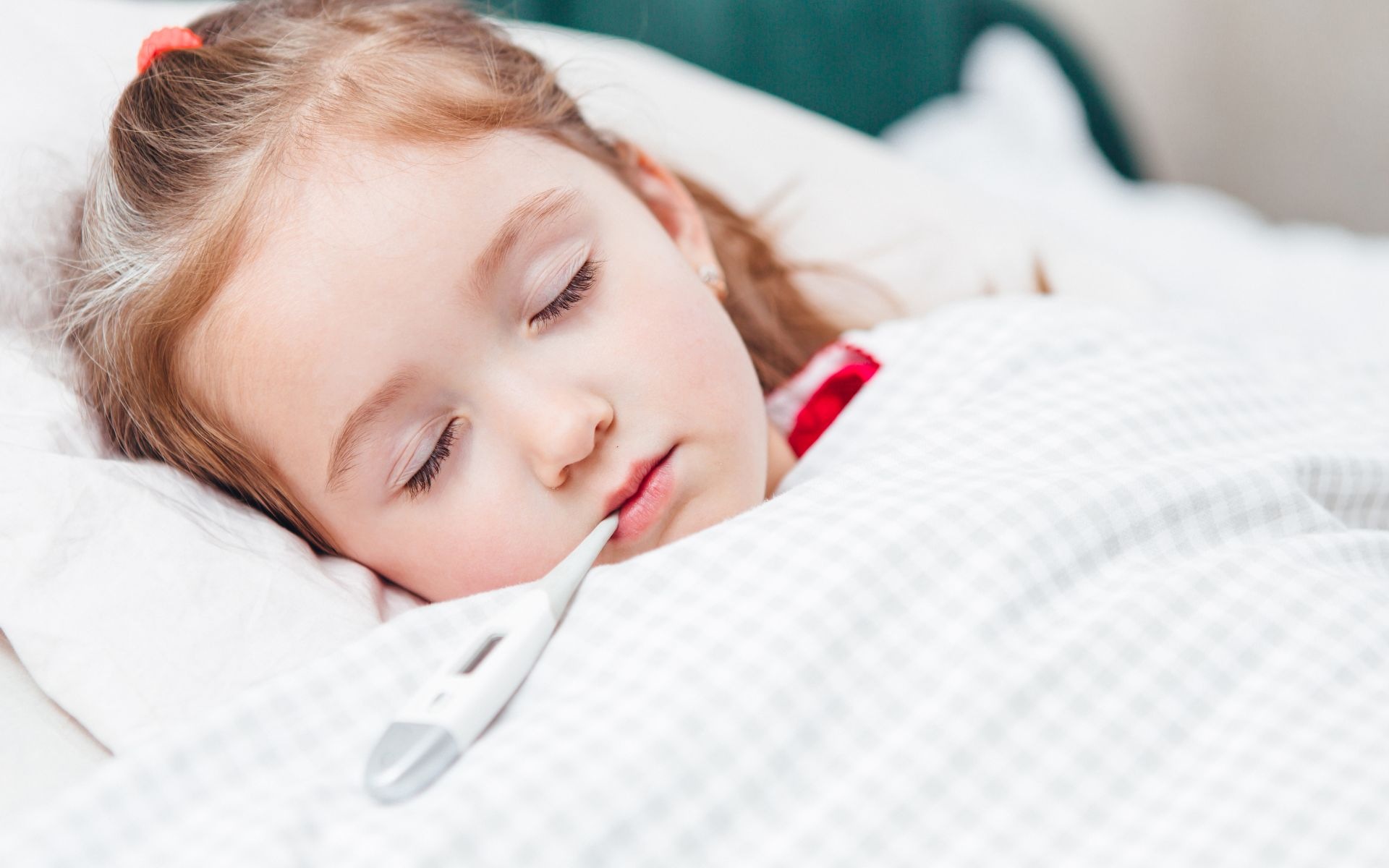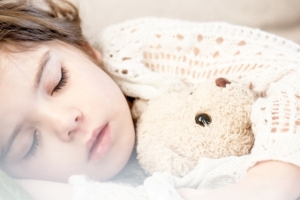Febrile Seizures: Types, Causes and Symptoms
A febrile seizure, also referred to as febrile convulsion or fever fit, is a seizure that is normally characterized by high body temperature but usually without a serious underlying health concern.
These seizures are common in children between the ages of six months and five years, and most of them are usually less than five minutes in duration once they are over, the child normally feels well within 60 minutes of the event.
Types
Febrile seizures are classified into three broad categories:
1. Simple febrile seizures
These febrile seizures are characterized by relatively shorter duration, usually less than 15 minutes. In addition, the shaking is often more generalized as opposed to occurring in a specific area of the body. These seizures also do not usually recur, and children are known to grow out of them.
2. Complex febrile seizures
These refer to febrile seizures that usually last more than 15 minutes or may happen in episodes that occur within 24 hours. Like simple febrile seizures, they also have focal features.
3. Febrile status epilepticus
These seizures normally occur for longer than 30 minutes. They account for up to 5% of all known seizure cases. This type of febrile seizure is very dangerous, so visiting a doctor is a must.
Read also – The Common Meningitis Symptoms and Prevention Tips
Causes
The major cause of febrile seizures is fevers, especially those fevers that are higher than 100.4°F (38°C). The fever itself is often due to viral infections.
In addition to fevers, these seizures may also be caused by mineral deficiency, especially iron deficiency.
The possible cause of febrile seizures is heredity, where certain cases have been associated with genetic predisposition. However, that happens really rarely.
Signs and symptoms
Apart from high temperatures, febrile seizures are usually followed by a long period of sleep. But it is not the only symptom. The following are the signs and symptoms of these seizures:
- Body stiffness;
- Twitching in the arms and legs;
- Loss of consciousness even though the eyes may remain open;
- Irregular breathing patterns;
- Vomiting and increased secretions as manifested by foam in the mouth;
- Bowel and bladder incontinence resulting in the child wetting and soiling themselves.
Diagnosis and treatment
The diagnosis of febrile seizures is needed to reduce the risk of severer causes of fever. These causes often include but not limited to encephalitis and meningitis. There is no prescribed test for febrile seizures, and the tests conducted are usually for the other causes of fever.
But you should never ignore the early signs. Remember, it is your child’s health. Children with prolonged seizures often require a degree of personalized treatment, so make sure you do see your child’s doctor as soon as your little one starts feeling bad.
Read also – 5 Reasons Your Child Should Drink Milk Each Day
Fever seizures can be intimidating, but they are not always harmful to the child and do not cause serious diseases, yet calling your family doctor or visiting the nearest hospital is a must. Febrile seizures occur in 2-5 % of children. If your child has a febrile seizure, it is a red flag.
Womanitely does not provide any professional medical advice. The information mentioned above is provided for educational purpose only.
FAQs: Febrile Seizures
What causes febrile seizure in child?
How common are febrile seizures?
What is the common age for febrile seizures?
What should I do if my child has a febrile seizure?
You should also avoid restraining your child, putting anything in their mouth, or attempting to cool them down with water. Instead, watch for signs of breathing problems and note the duration of the seizure.
If the seizure lasts more than 5 minutes or your child turns blue, call 911 immediately.
After the seizure has ended, contact your doctor for an appointment and follow their recommendations for treating your child’s fever. In some cases, anti-seizure medication may be prescribed for children who experience multiple febrile seizures.










